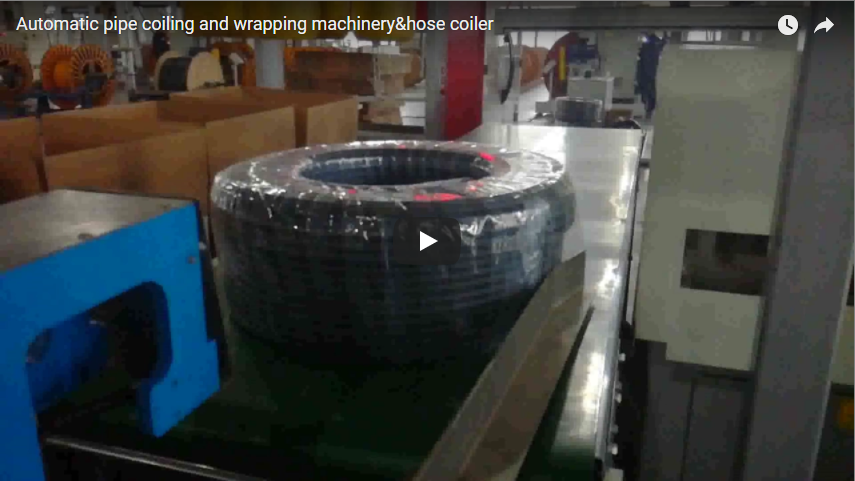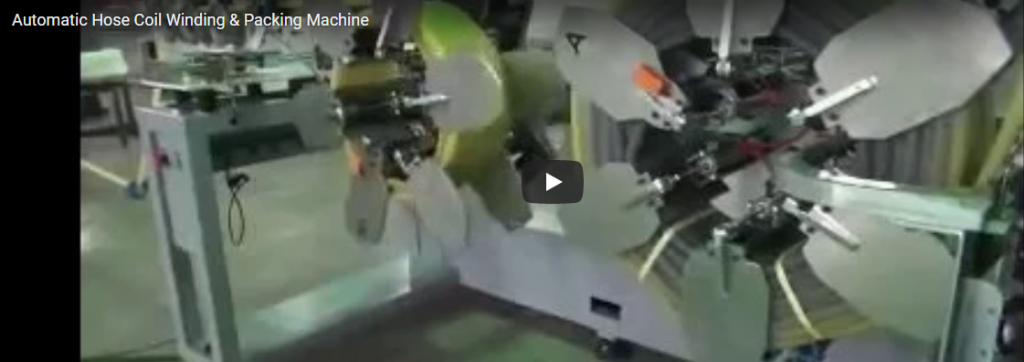Automatic Label Dispenser Machine: Enhancing Industrial Efficiency
In today's fast-paced manufacturing, packaging, and logistics environments, efficiency and accuracy are paramount. Manual application of labels can introduce bottlenecks, inconsistencies, and increased labor costs. An automatic label dispenser machine provides a robust solution, automating the critical task of separating self-adhesive labels from their liner and presenting them for immediate application. This technology is fundamental to streamlining operations across numerous sectors.
Core Functionality: The Dispensing Mechanism
At its heart, an automatic label dispenser utilizes a motorized system to precisely manage the label roll and the peeling process. Key advancements in this area, often protected by patents (e.g., US Patent 7,654,301 B2 concerning label web feeding mechanisms), focus on:
- Controlled Unwinding: Motors, often stepper or servo types, unwind the label roll smoothly, maintaining consistent tension to prevent jams or stretching.
- Peel-and-Present Edge: The label web travels over a sharply angled plate or roller (the peel edge). The abrupt change in direction causes the stiffer label to separate from the more flexible backing liner.
- Liner Rewinding: An integrated take-up spindle neatly collects the waste backing liner, ensuring a clean operational area.
Performance Benchmarks: Speed and Accuracy
The quantifiable benefits of automatic label dispensers are central to their adoption:
- Dispensing Speed: Depending on the model and label size, these machines can dispense labels at rates significantly faster than manual peeling, often ranging from 50 to over 200 labels per minute. This directly translates to increased throughput on production or packaging lines.
- Dispensing Accuracy: Automated dispensing ensures labels are presented consistently, typically with high positional repeatability. This is crucial for subsequent manual or automated application steps, minimizing misapplied labels and rework. Research in industrial automation frequently highlights cycle time reductions of 30-60% compared to manual labeling tasks.
Adaptability and Configuration Flexibility
Modern label dispensers are engineered for versatility, accommodating a wide range of labeling requirements. Key adjustable parameters often include:
- Label Size Compatibility:
- Width: Typically adjustable, accommodating labels from a few millimeters up to several inches (e.g., 10mm - 150mm).
- Length: Dispensing length can usually be set precisely, often via sensor adjustment or digital controls.
- Roll Specifications:
- Maximum Roll Diameter: Designed to handle standard industrial roll sizes (e.g., up to 300mm OD).
- Core Diameter: Compatible with common core sizes (e.g., 1-inch and 3-inch cores).
- Dispensing Speed: Variable speed control allows operators to match the dispensing rate to the application pace.
Advanced Sensor Technology
Reliable operation hinges on sophisticated sensor technology:
- Label Detection: Photoelectric sensors (transmissive or reflective) are commonly used to detect the leading edge of the label, triggering the motor to stop precisely after each dispense.
- Specialized Sensors: For challenging labels, such as clear-on-clear or metallic labels, capacitive or ultrasonic sensors may be employed, ensuring detection regardless of material properties. Sensor advancements are frequently featured in industry publications detailing solutions for complex media handling.
Integration and Application Methods
While primarily dispensers, these machines are often integrated into larger systems:
- Manual Application Support: The primary function is presenting a label ready for an operator to take and apply.
- Semi-Automatic Systems: Some dispensers can be integrated with tamp applicators or blow-on systems for simple semi-automated placement onto products.
- Production Line Integration: Dispensers can be mounted alongside conveyors, feeding labels to operators or robotic application systems.
User Interface and Operational Considerations
Designed for industrial use, these machines prioritize ease of use and reliability:
- Intuitive Controls: Simple interfaces, often using digital counters and push-button settings for length and mode, allow for quick setup and adjustment.
- Easy Media Loading: Simplified pathways for threading the label roll and liner minimize downtime during roll changes.
- Robust Construction: Typically built with durable metal chassis suitable for demanding factory floor environments.
Industry Applications
Automatic label dispensers are indispensable in sectors requiring high-volume, repetitive labeling:
- Manufacturing: Component identification, product labeling, warning labels.
- Packaging: Sealing, branding, shipping labels on boxes and containers.
- Logistics & Warehousing: Inventory control, shipping/receiving processes.
- Retail: Price marking, promotional labeling.
- Food & Beverage: Date coding, ingredient labels, nutritional information.
- Pharmaceuticals & Medical Devices: Compliance labeling, tracking, dosage instructions.
- Electronics Assembly: PCB labeling, component tracking.
Selecting the Right Automatic Label Dispenser
Choosing the appropriate machine requires careful consideration of specific application needs. Factors such as label material (paper, poly, clear), label dimensions, required dispensing speed, daily volume, and the operating environment are critical. Evaluating these parameters ensures the selected dispenser delivers optimal performance and reliability. For detailed specifications and tailored solutions, consulting with specialized equipment suppliers is recommended to align machine capabilities with your unique operational demands.






